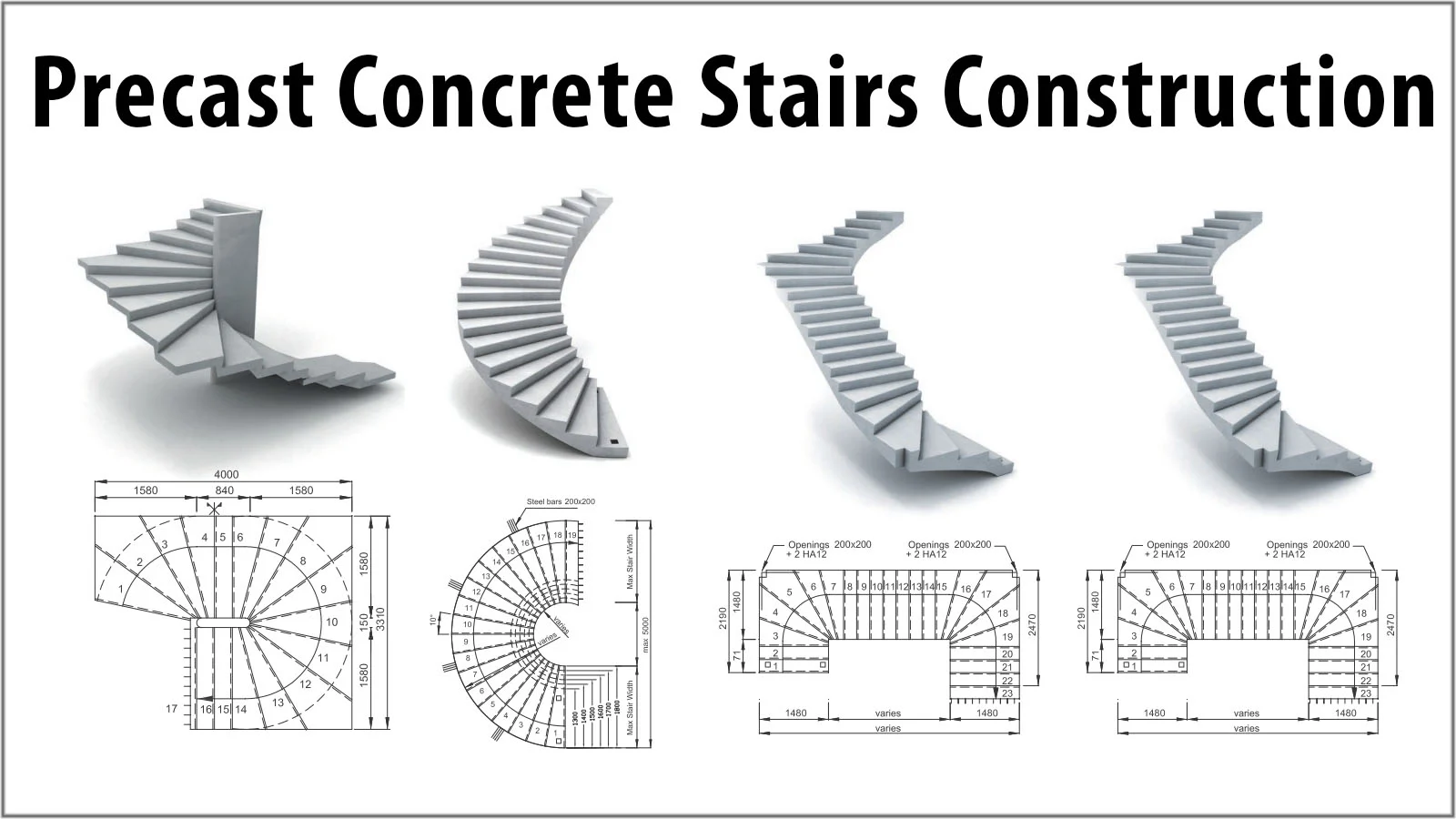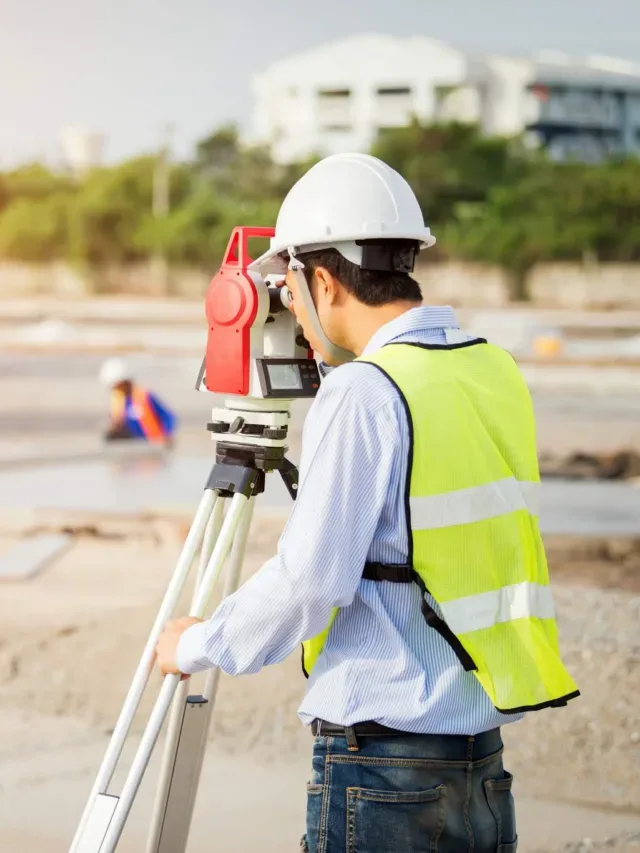Cement Manufacturing Dry Process
The entire manufacturing process in a modern plant is now controlled through a microprocessor based programmable logic control system to maintain uniform quality of cement and a high rate of production. The entire operation of the plant is controlled centrally in a single control room and the plant employs minimum of manpower.
The modern plants have also taken adequate care to prevent the environmental pollution and dust nuisance to its surrounding areas. The cement mills have electro-static precipitators (ESP) installed to check the dust emissions. The bag filters and glass bag houses are located at various locations to prevent dust emission and to ensure healthy and hazard-free atmosphere.
Following three distinct operations are involved in the manufacturing of normal setting or ordinary or Portland cement:
- Mixing of raw materials
– Dry Process - Burning
- Grinding
Dry process (modern technology)
In this process, the raw materials are first reduced in size of about 25mm in crushers. A current of dry air is then passed over these dried materials. These materials are then pulverized into fine powder in ball mills and tube mills. All these operations are done separately for each raw material and they are stored in hoppers. They are then mixed in correct proportions and made ready for the feed of rotary kiln. This finely ground powder of raw materials is known as the raw mix and it is stored in storage tank.
The dry process has been modernized and is widely used at present because of following reasons:
- Competition: At present, several dry process cement plants are vying with each other. The cement consumers in general and the practicing civil engineers in particular are greatly benefited by such competition.
- Power: The blending of dry powders has now perfected and the wet process, which required much higher power consumption can be replaced with confidence.
- Quality of cement: It is found that the quality of the production no longer depended on the skilled operators and workmen because temperature control and proportioning can be done automatically through a centralized control room.
- Technology: There has been several advances in instrumentation, computerization and quality control.









